The three Shaktis accompany the gods in the trimuti of Hinduism
The three Shaktis are the three supreme goddesses in Hinduism. They represent the feminine aspect of transcendence and have close ties to Tantric traditions and practices. In many sacred texts, these deities are companions of the Hindu Trimurti deities.
Saraswati, Goddess of wisdom and arts
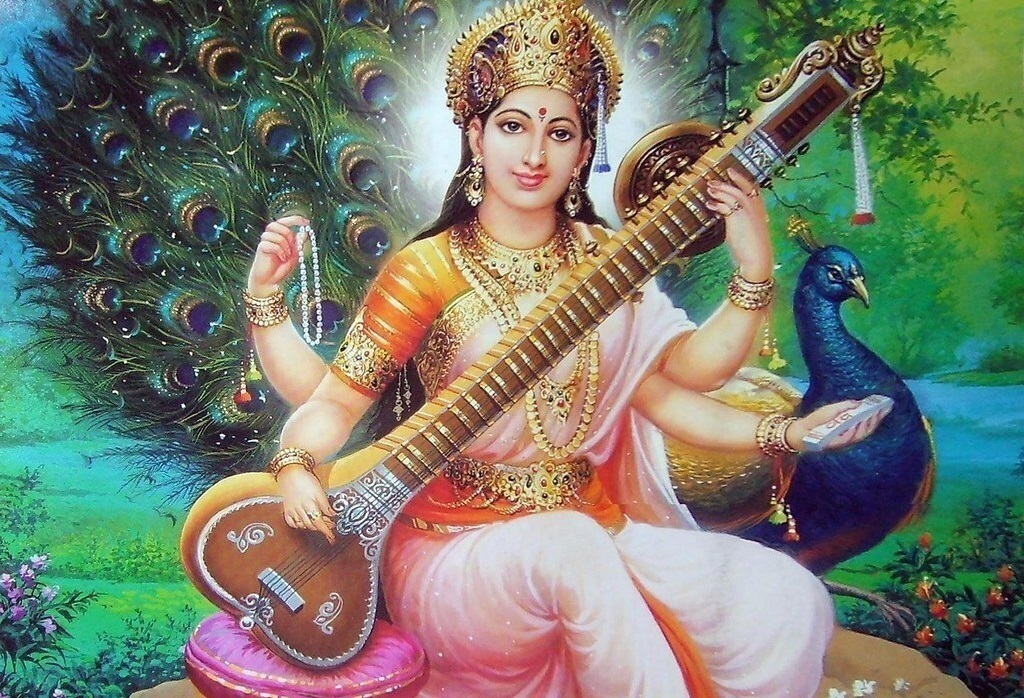
Saraswati is the wife of Brahma, considered the god of knowledge, learning, music and art. She is shown on a white lotus playing a veena, a stringed instrument similar to a lute.
Originally, goddess Saraswati was associated with a deity of rivers, due to her purifying properties. Over time, she becomes capable of purifying the spirit of men, which is why her connection to knowledge and art is so numerous.
Saraswati is one of the most worshiped deities in Hinduism. There are many temples dedicated to her worship, within and outside India.
Lakshimi, Goddess of wealth and prosperity

Lakshimi is the wife of the Hindu god Vishnu. Her representation shows her as a woman with golden skin, sitting on a lotus flower, surrounded by elephants, and often distributing or holding pots of gold coins.
Many virtues are attributed to Goddess Lakshimi, such as wealth (material and spiritual), love, prosperity, luck and beauty.
Lakshimi always accompanies her husband, Vishnu, every time he returns to Earth in one of his incarnations. When this happens, she takes on the forms of other goddesses who are also important to Hinduism.
Parvati, Goddess of love and fertility
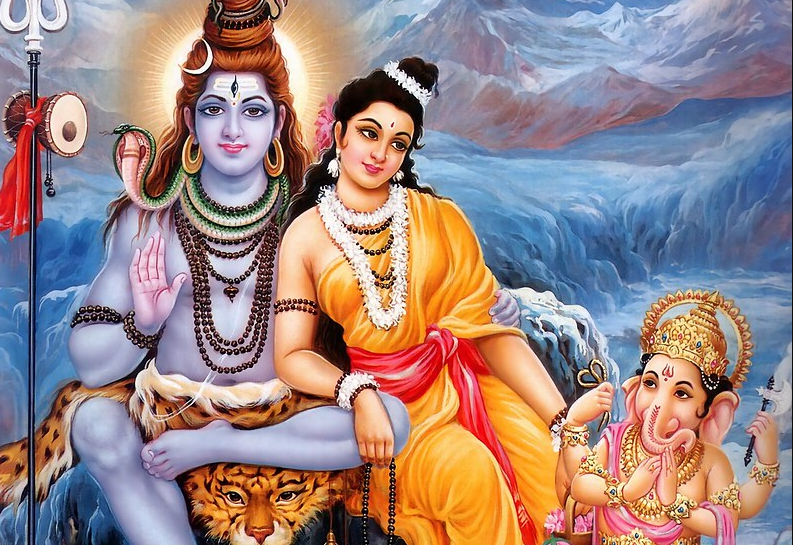
Considered the mother goddess of Hinduism, Parvati is the goddess of love, fertility, marriage and harmony. This god has many different representations. In the most popular scenes, she is depicted wearing a red dress while accompanied by her husband, Shiva.
Like her husband, Parvati can have a benevolent or destructive side. She is responsible for both the nurturing and destructive energies of the universe.
In many traditions, her ferocious and uncontrollable side is considered her true spiritual manifestation, a moment when Parvati goes on a rampage that can destroy everything around her.
Other Hindu Gods
There are many other Hindu deities important to the religion. These are gods who can be both manifestations and transformations of others, as well as being sons and daughters of greater gods. See below for some information about them.
Ganesha, the god of removing obstacles
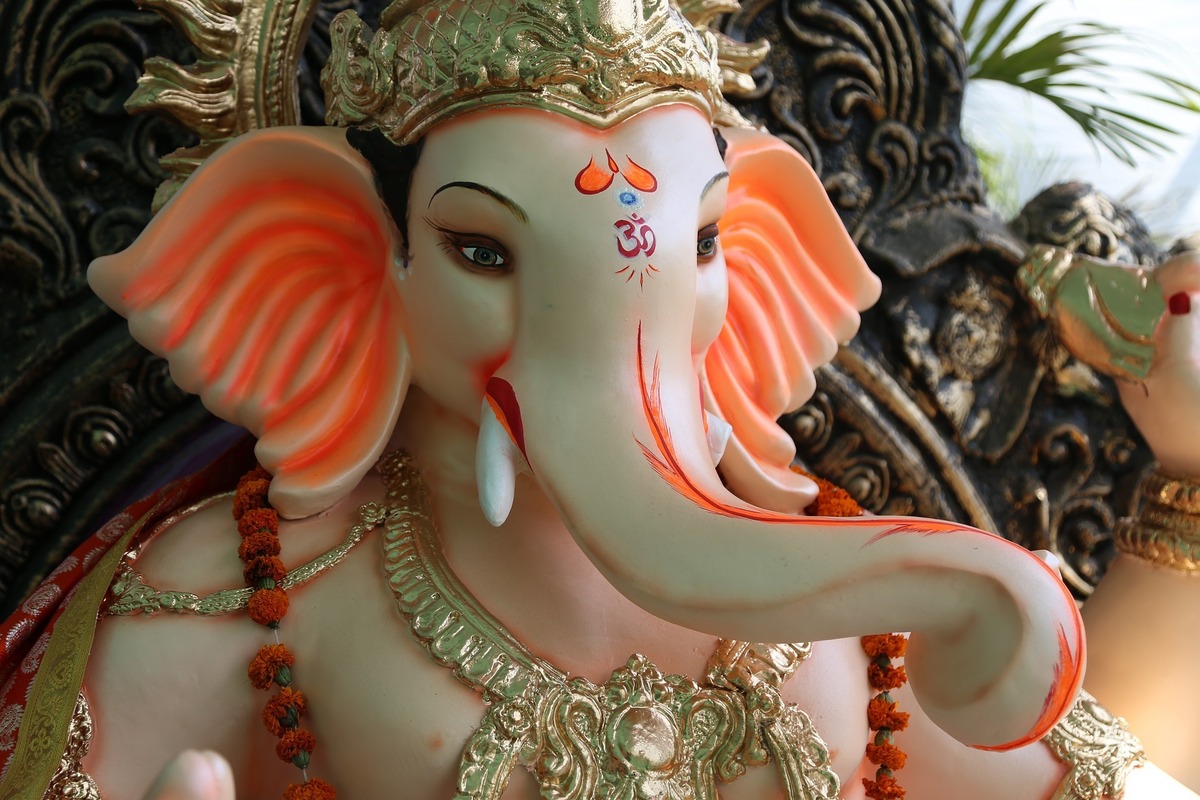
Of all the gods of the Hindu pantheon, Ganesha is undoubtedly the most known and worshiped in the world. As the son of Lord Shiva and Goddess Parvati, this god is known to have four arms and an elephant’s head.
Worshiped as the God Who Moves Obstacles, Ganesha is also recognized as the god of intelligence. In many Hindu traditions, this deity can avoid and remove obstacles, as well as create them.
There are many explanations for the elephant head image of this god. The most popular claims are that his father, the god Shiva, beheaded him as a child and placed an elephant’s head in its place.
Kali, the angry mother of time
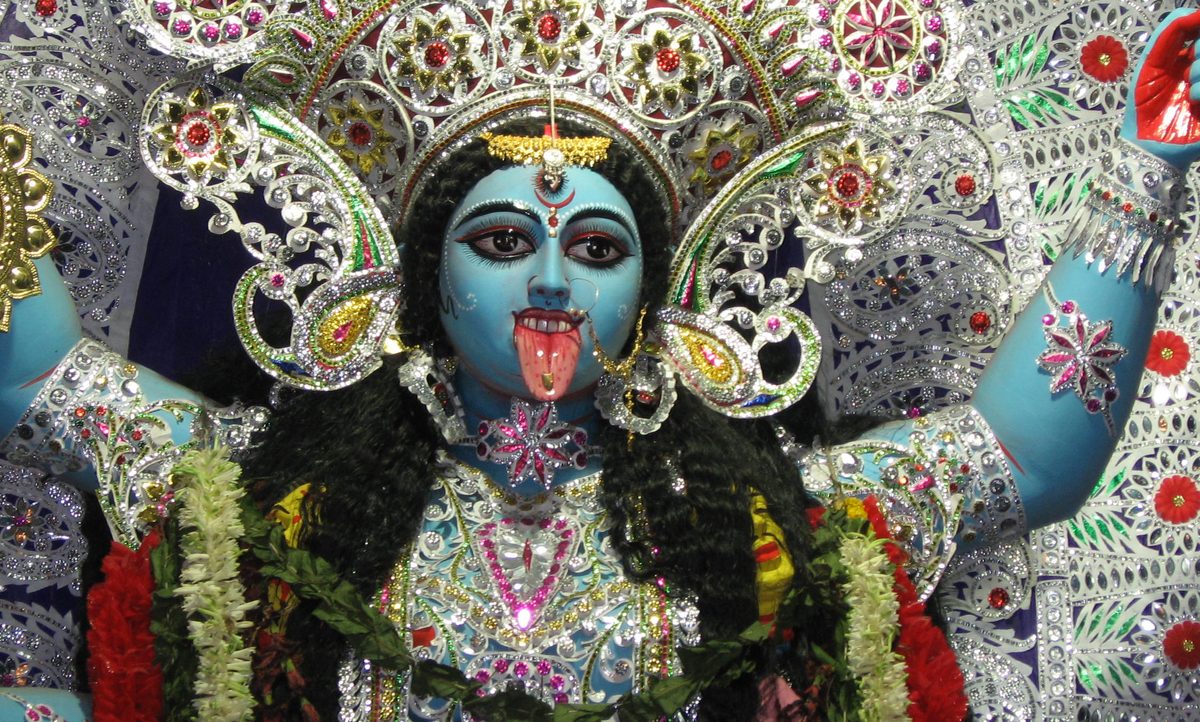
Goddess Kali is one of the most dangerous and violent deities in Hinduism. Represented as the goddess of death and time, in many traditions she is considered one of the manifestations of Goddess Parvati. Kali can be described as having four to ten arms, dark skin, a giant tongue sticking out of her mouth, and holding a demon’s head.
Although fierce and terrifying, goddess Kali is responsible for destroying evil. As the female representative of time, she represents everything that has a beginning and an end – the one who brings life and death with her.
Durga, Goddess of protection
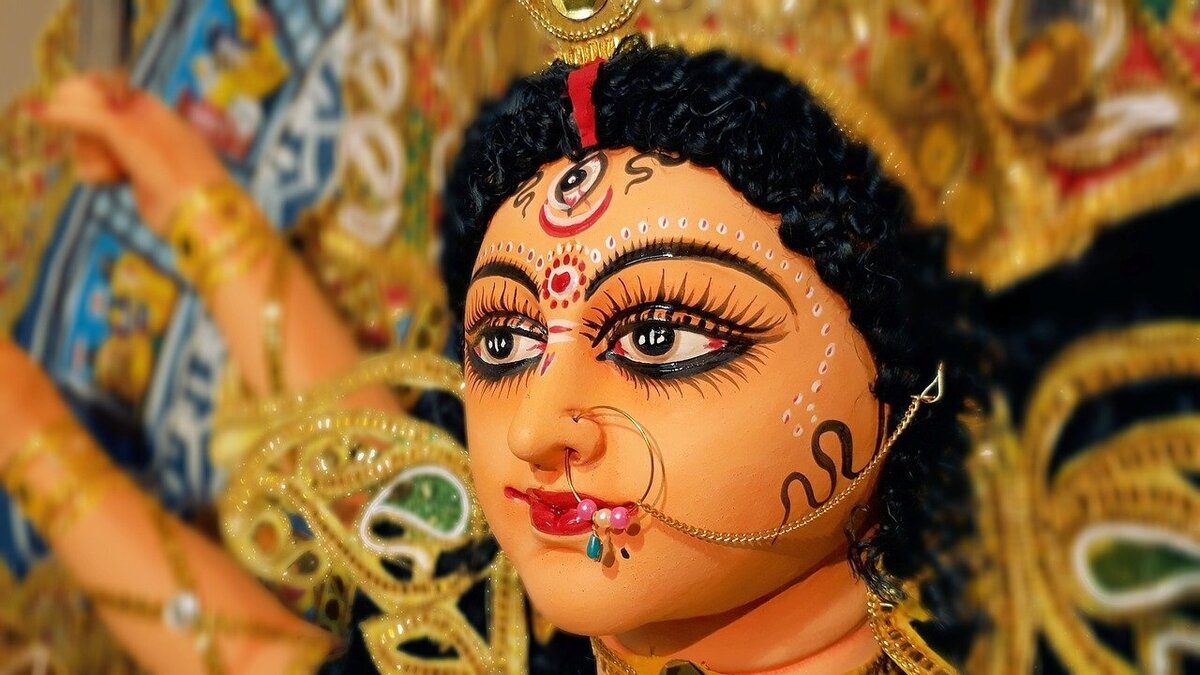
A Goddess Durga is one of the manifestations of the mother goddess, Parvati. It represents a more fierce variant, responsible for war, strength, and protection. Durga appeared to fight evil and demons that harmed peace in the world. She is a Hindu goddess represented with ten arms, holding many weapons and often riding on a tiger.
Even though she is a goddess associated with war, Durga’s violent behavior is not justified by the joy of battle and by blood. The calm and serene face that appears in his image symbolizes the need to fight for the desire for a better thing and to liberate the oppressed.
Krishna, the God of devotion
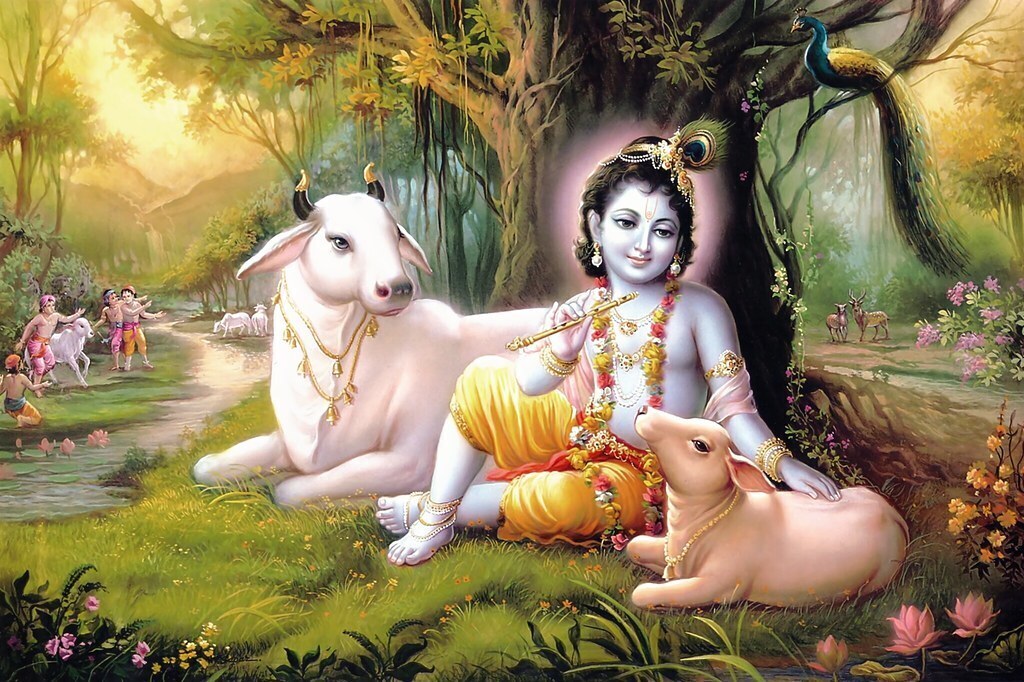
Krishna is the eighth incarnation (avatar) of Vishnu, one of the three primeval gods of Hinduism. He is often depicted as a mischievous child playing the flute.
He is a deity present in many sacred traditions of Hinduism. Most of them one often finds descriptions of his life trajectory, from childhood to adulthood.
While growing up, Krishna was a god with eight wives. Each of them represents a different aspect of you. He is therefore considered the god of devotion, as he is able to give his love to all his women and they all give their love to him.
Rama, God of truth and virtue
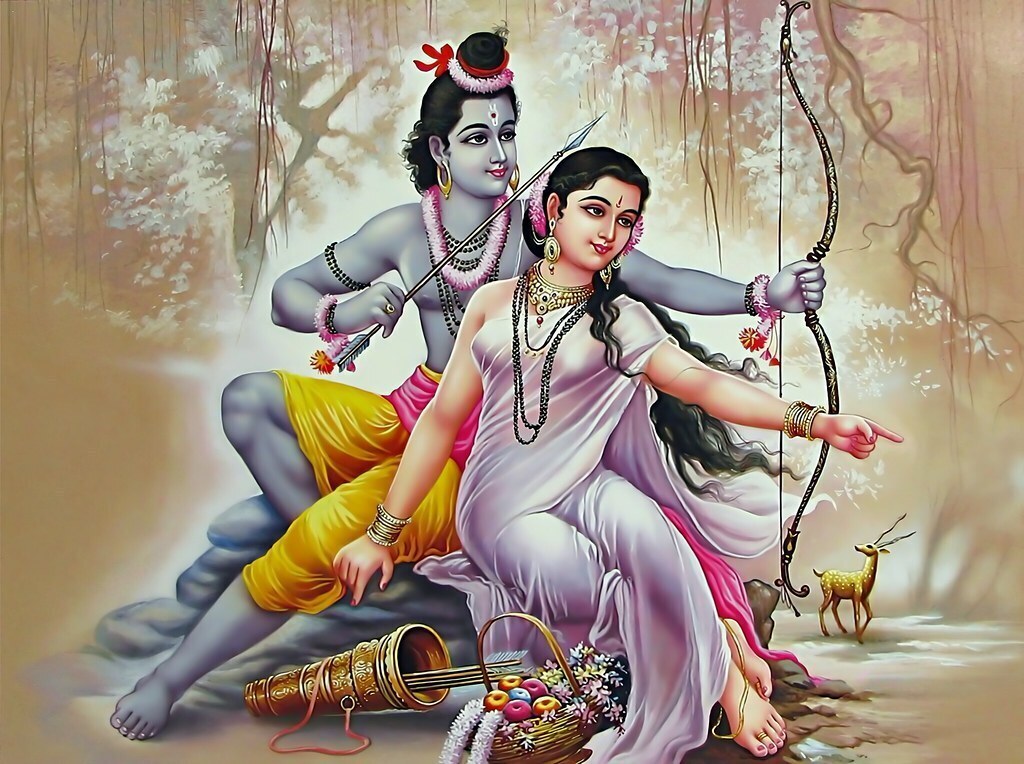
Lord Rama is the seventh incarnation (incarnation) of Lord Vishnu, part of the supreme trinity of Hinduism. His image shows him as a dark-skinned, long-armed god with a bow and arrow. He is considered the god of truth and virtue.
Rama’s stories are especially complex and challenging. He is understood as both a human and a god. His death did not prevent him from conquering all the desirable moral qualities of men.
According to him, to live fully, we should equally seek three goals: virtue, desire and wealth.
Hanumam, symbol of strength and devotion
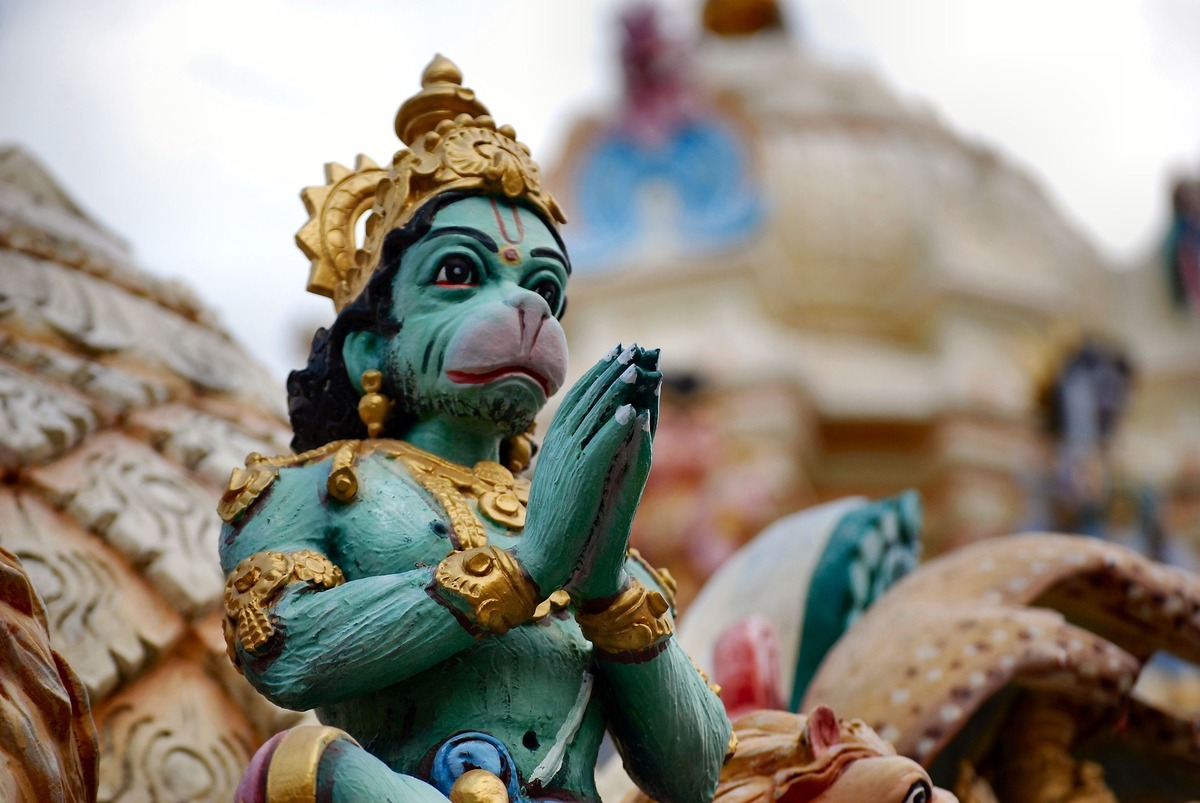
Hanumam is the son of the Hindu wind god Vayu, and a loyal follower of Rama. His relationship with Rama makes him a symbol of strength, devotion, courage and self-discipline. Representations of Hanuman tearing his own chest are common, revealing images of Rama and his wife, Sita, within him.
Interpreted as the perfect combination of strength and devotion, Hanuman has many valuable attributes as a god, among them are immortality, self-control, ability to change shape and the ability to healing ability.
Vedic gods of Hinduism
The Vedic gods of Hinduism are those who appear in the Vedas, liturgical texts that have become the foundation of the structure of Hinduism. Explore below the major Hindu deities that make up the Vedic pantheon.
Agni, God of fire
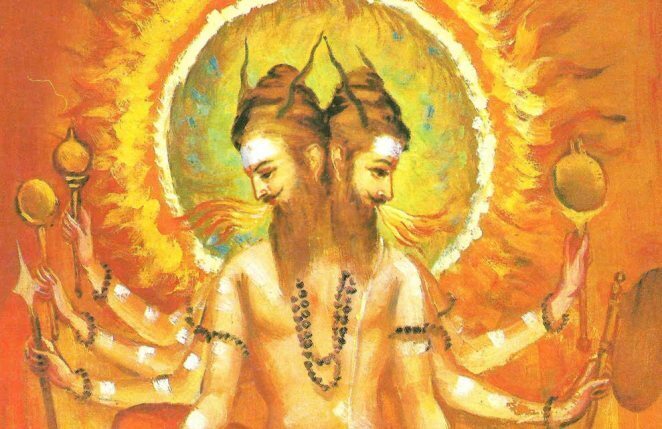
Agni is the Hindu god of Fire. With Space, Air, Water and Earth, he consists of five basic elements that combine to form all existing reality. Their appearance resembles a god with two or three heads, four arms, red or dark skin with flames coming from the top of their heads.
In many traditions, Agni is understood to be the final form of the supreme trinity in Hinduism, the ruler of the Earth. The symbol of fire, understood as the element of creation, transformation and destruction, is associated with the energy that this god can convey.
Indra, God of storms and thunder
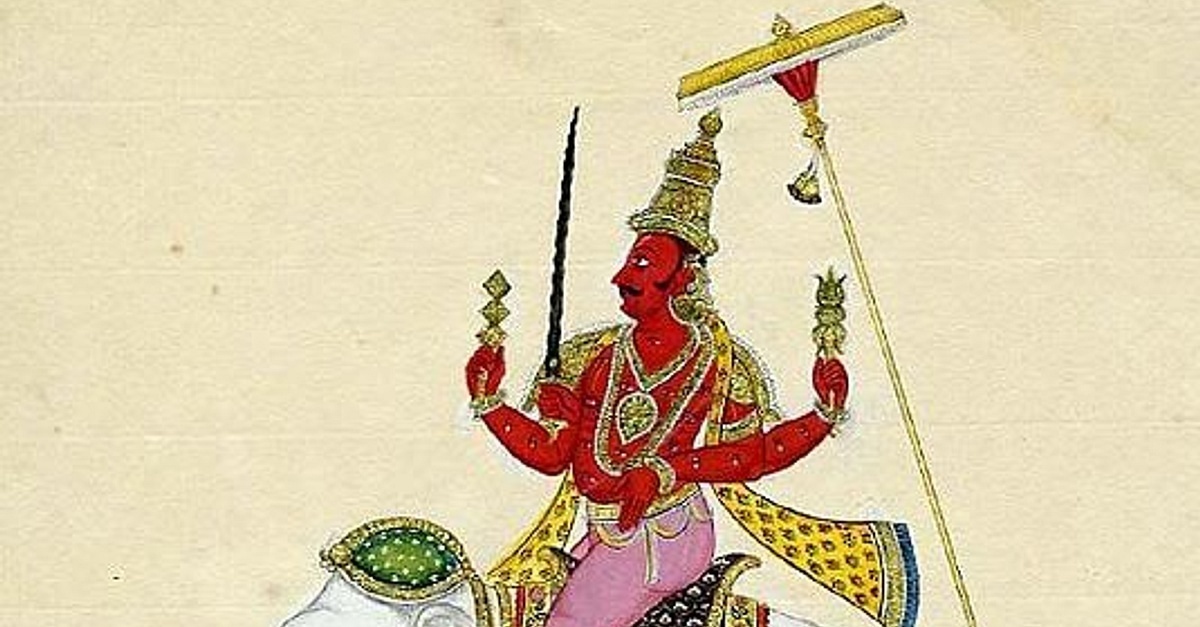
Famous in Hinduism as the heavenly king, Indra is the god of storms and thunder. He is the most famous deity in the Vedic pantheon, responsible for destroying the great demon Vritra, bringing prosperity to humans.
His image is depicted as an Indian god riding on an elephant, with one hand holding a lightning-shaped weapon.
His characteristics make this god very similar to some gods from other mythologies, such as Thor and Zeus. In some versions of the sacred texts, Indra appears as the twin brother of god Agni and in other versions, both gods are the same person.
Surya, the sun god
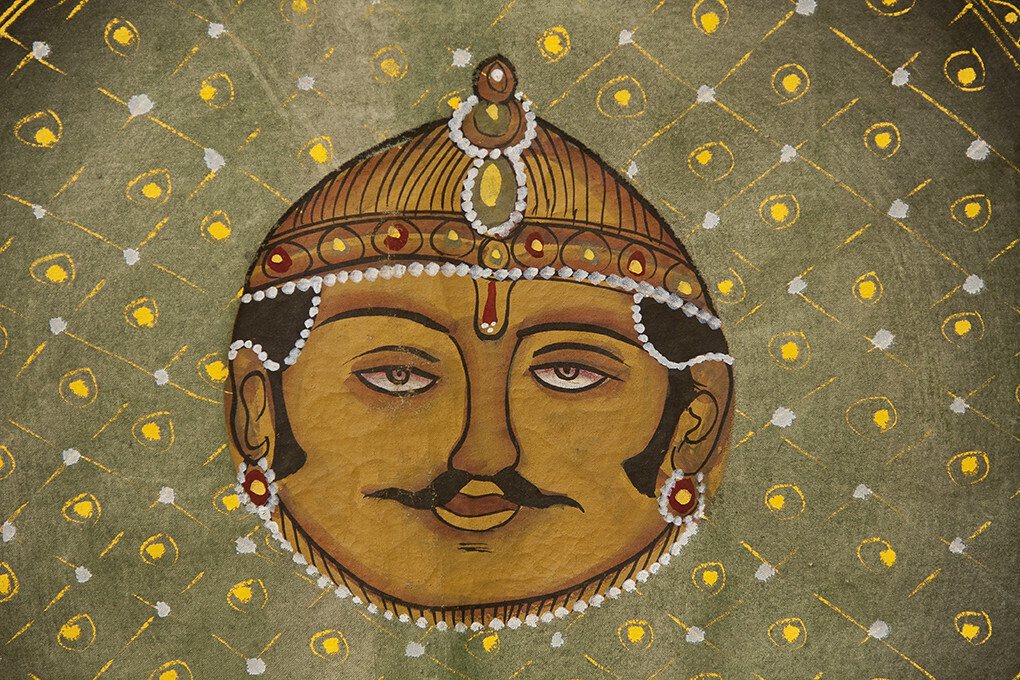
Surya is the sun god in Hinduism. She appears to be carried by a chariot with seven horses, symbolizing the seven visible spectra and also the seven days of the week.
She is a deity associated with Sunday and also with the sign Leo in the Hindu zodiac. Today, the image of Surya is syncretized with other Hindu deities such as Shiva, Vishnu and Ganesha. For this reason, there are very few places and temples that still worship this god.
Varuna, god of water and sky
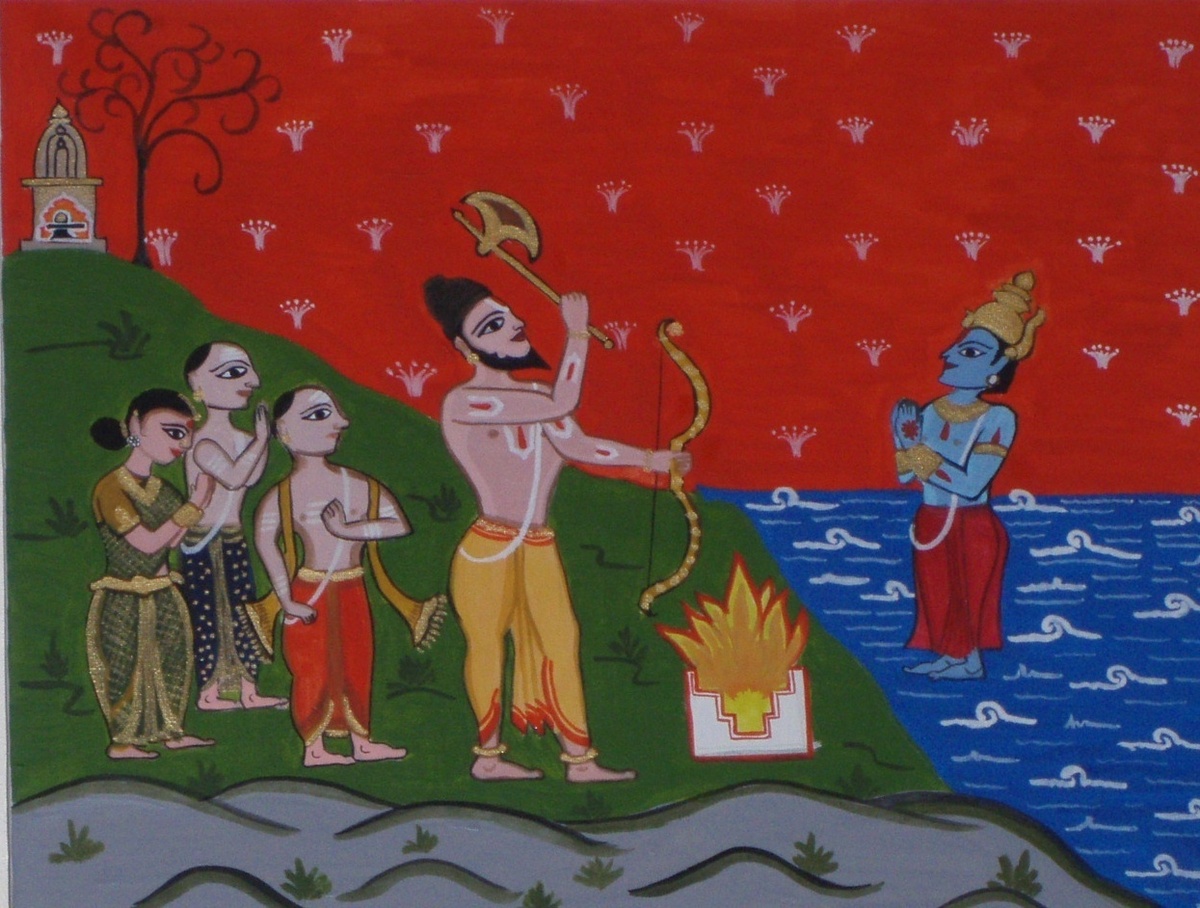
Varuna is a Vedic god associated with Hinduism with the sky, sea, justice and truth. He rides a crocodile and uses a Pasha (noose) as a weapon. It is the god of integration in water.
This divinity is associated with the actions of covering, binding, or besieging, referring to the oceans that surround and cover the entire world. Varuna is a Hindu god of justice, responsible for punishing those who do unjust things without remorse and forgiving those who repent of their wrongs.





